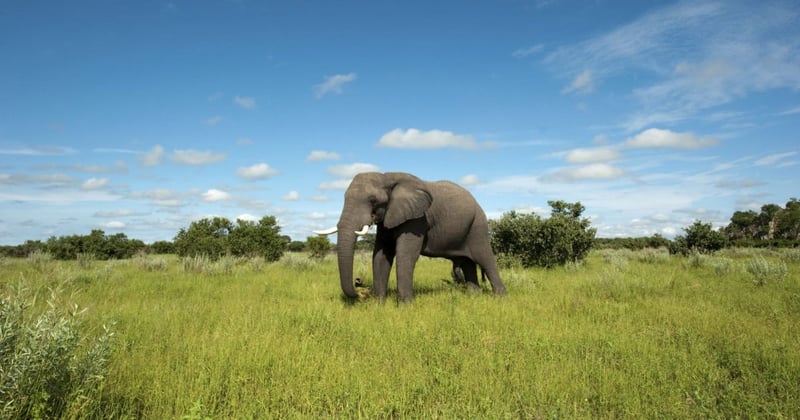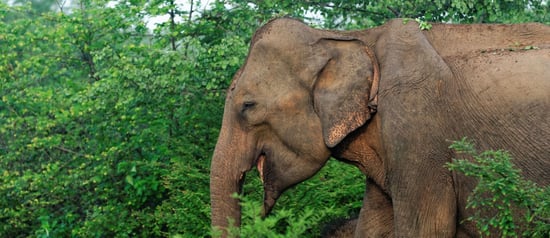
Five of the most legally traded African animals
News
Thousands of African wild animals suffer every year as a result of the legal wildlife trade, with many species being driven closer to extinction.
Top image credit: iStock. by Getty Images
Here are five of the most legally traded African wild animals:
1. Ball python
The ball python can be found on grasslands and farming land across Central and West Africa.
Their bigger threat to their survival is consumer demand for the international exotic pet trade with more than half a million ball pythons exported between 2011 and 2015 alone. Ball pythons suffer at every stage of the trade chain and most end up living in unsuitable conditions.
African Grey Parrots crammed into crates for transportation.
2. African grey parrot
African grey parrots are highly social and nest in large groups with complex social lives.
The exotic pet trade is the biggest driver in the trade of African grey parrots which are sought after because of their ability to mimic human speech. Since 1975, around 12 million live parrots have been traded internationally. These birds suffer terribly during capture and transport from the wild, and in captivity.
3. African elephant
The African elephant is the world’s largest land mammal. They’re also one of the most traded wildlife species in Africa, commonly exploited for their skin which is used to make decorative items such as jackets and car interiors. Between 2011 and 2015, more than 8,000 elephant skins were exported, predominantly from Zimbabwe.
Elephants are usually shot but quick kills are not guaranteed so they can die in agony. There is serious concern for the welfare of the elephants hunted as well as the impact this has on the remaining herd members.
4. Leopard Tortoise
The Leopard Tortoise is found across parts of Eastern and Southern Africa.
Commonly sought after as pets for their shell markings, as many as 188,000 were exported between 2011 and 2015 primarily from Zambia. They find it difficult to adapt to new environments and suffer stress and even death when their needs aren't met in captivity.
5. Cape fur seal
The Cape fur seal is the only species of fur seal on the African coast. And yet, they continue to be hunted as trophies and for fashion products such as leather and fur.
As many as 243,000 Cape fur seal skins were exported between 2011 and 2015. Many from Namibia, where the annual seal hunt allows for the cruel clubbing, suffocating and shooting of seals, and their pups, causing tremendous pain and suffering to thousands of animals.
It’s never been so vital that governments, businesses, and people work together to end animal abuse for food, medicine, entertainment or as exotic pets.
Help us end the wildlife trade or urge for greater enforcement to end the illegal trafficking of wild animals.
Join our call for an end to this dangerous trade by signing our petition to the G20 below.
Wild animals don’t belong to us, they belong in the wild.
It’s never been so vital that governments, businesses, and people work together to end animal abuse for food, medicine, entertainment or as exotic pets.
Wildlife trade
Global wildlife trade is an inhumane industry that cruelly exploits our planet’s wildlife for financial gain.
Our wildlife work
Around the world, wild animals are being exploited. They’re hunted down, trapped and farmed in captivity, all to be sold and abused for entertainment, medicine, fashion, pets and products.

